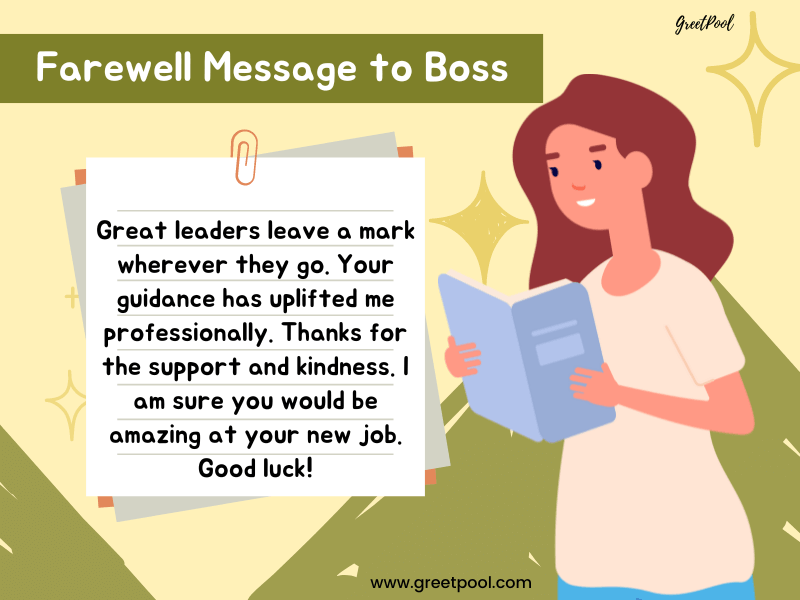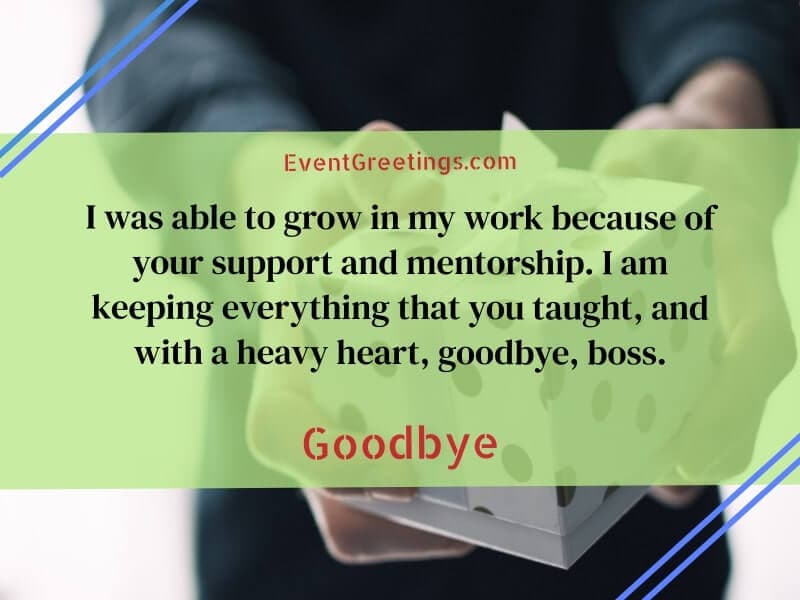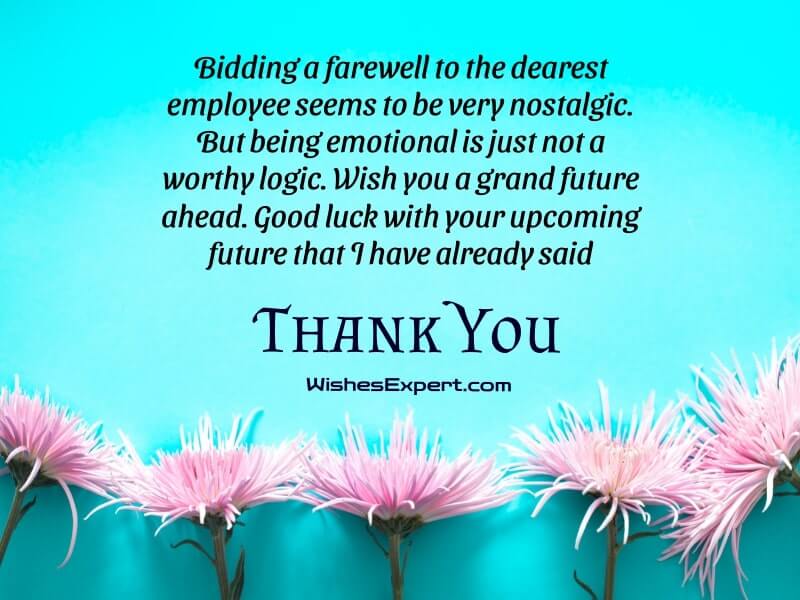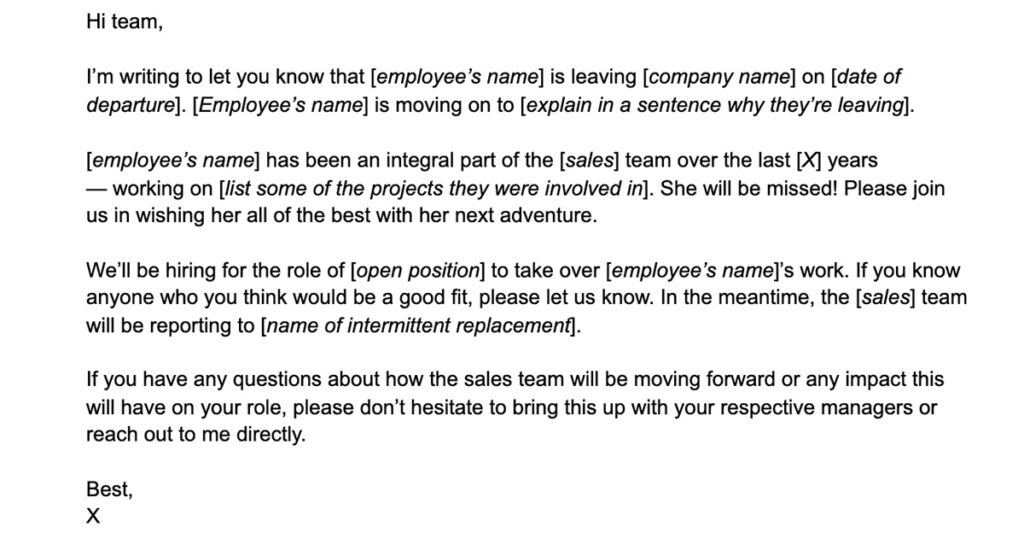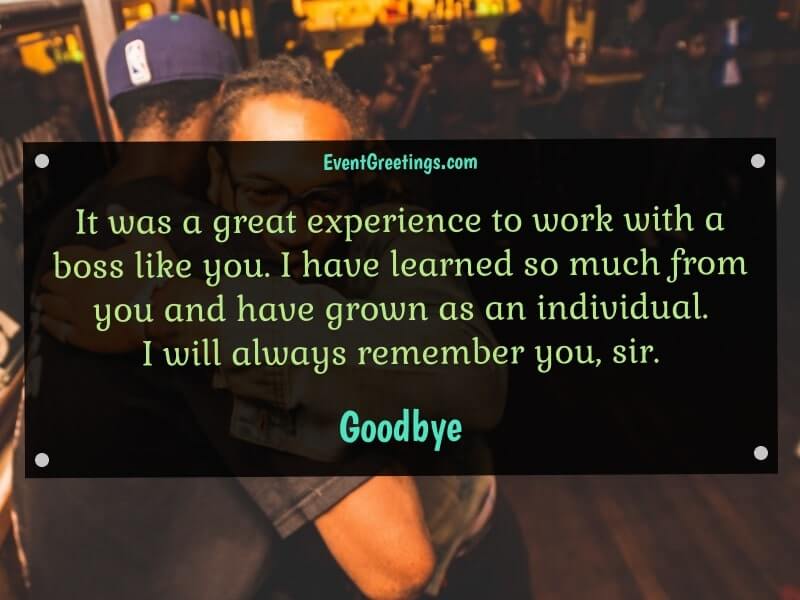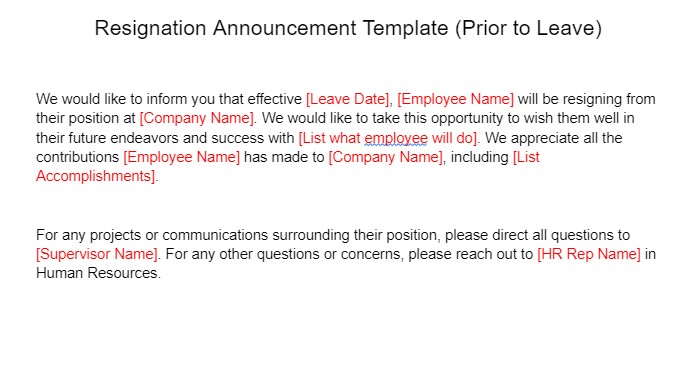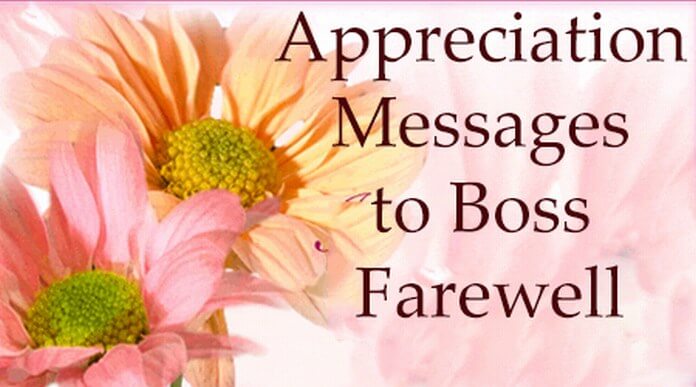Best Way To Tell Your Manager You're Leaving

Leaving a job is a significant life event, demanding careful planning and execution. One of the most critical steps is informing your manager, a process that can impact your reputation and future opportunities. This article analyzes the best strategies for delivering your resignation notice, focusing on methods that prioritize professionalism and minimize negative repercussions.
Understanding the Importance of a Well-Managed Resignation
For value-conscious professionals, navigating a job transition effectively is paramount. It's not just about securing a new position but also about maintaining strong professional relationships.
A poorly handled resignation can damage your professional network and potentially affect future references.
Shortlist: Resignation Strategies Tailored to Different Scenarios
The "Golden Standard" Approach (For Ideal Circumstances)
This involves a formal, in-person meeting followed by a written resignation letter. It's suited for those with positive relationships and standard notice periods.
The "Early Bird" Method (When Urgency is Key)
Primarily communicating electronically and then formally in-person, this is useful when you need to secure arrangements before informing your manager. This method is risky.
The "Damage Control" Tactic (Navigating Difficult Relationships)
This includes concise communication, emphasizing professionalism, and minimizing personal feelings. Use email and keep all records.
Detailed Reviews of Resignation Strategies
The Golden Standard: In-Person Meeting & Formal Letter
This time-tested approach demonstrates respect and professionalism. Schedule a meeting in advance, express your gratitude for the opportunity, and deliver your resignation verbally.
Follow up with a formal resignation letter outlining your last day of employment and offering assistance with the transition.
The Early Bird: Balancing Security and Professionalism
In certain situations, such as needing to secure accommodations before your manager knows your decision, some communication is needed beforehand. Explain that you will be providing a formal notification soon.
This approach requires careful wording to avoid alarming your manager and should be followed up immediately with the Golden Standard.
The Damage Control: Maintaining Professional Boundaries
When dealing with a difficult manager or toxic work environment, prioritize clear and concise communication. A formal email may be your best starting point.
State your resignation clearly, outline your last day, and avoid getting drawn into emotional discussions. It's better to prepare what you want to say.
Side-by-Side Comparison: Resignation Strategy Performance
| Strategy | Relationship Preservation | Risk Mitigation | Control Over Narrative | Time Investment |
|---|---|---|---|---|
| Golden Standard | High | High | Medium | Medium |
| Early Bird | Medium | Low | High | Low |
| Damage Control | Low | Medium | High | Low |
Practical Considerations for Value-Conscious Resigners
Before delivering your resignation, consider your personal brand. What impact will this transition have on your reputation?
Review your employment contract and company policies regarding resignation notice periods, benefits, and non-compete agreements.
Document your accomplishments and gather any necessary information for a smooth handover.
Crafting Your Resignation Letter
A well-written resignation letter should be concise, professional, and grateful. Clearly state your intention to resign and specify your last day of employment.
Express gratitude for the opportunities you've had and offer assistance with the transition. Avoid negative comments about the company or your manager.
The Resignation Meeting: A Step-by-Step Guide
Schedule a private meeting with your manager to deliver your resignation verbally.
Be prepared to answer questions about your decision, but avoid oversharing personal details.
Maintain a positive and professional demeanor throughout the conversation.
Managing the Transition Period
During your notice period, focus on completing your tasks and assisting with the handover process.
Train your replacement (if applicable) and document important processes and procedures.
Maintain a positive attitude and leave on good terms with your colleagues.
Key Takeaways and Recommendations
Choose a resignation strategy that aligns with your relationship with your manager and the specific circumstances of your departure. The Golden Standard approach is often best.
Prioritize clear, concise, and professional communication. Avoid emotional outbursts or negative comments.
Review your employment contract and company policies, and document your accomplishments for a smooth transition.
Carefully consider all factors mentioned to make an informed decision about how to best approach your resignation.
Call to Action
Now that you understand the best strategies for informing your manager you're leaving, take the next step and carefully plan your resignation. Prepare your resignation letter, schedule your meeting, and ensure a smooth and professional transition. Remember to safeguard your reputation and maintain your professional network. Good luck with your next adventure!
Frequently Asked Questions (FAQ)
Q: How much notice should I give?
A: Typically, two weeks' notice is standard, but review your employment contract for specific requirements.
Q: What if my manager is angry or upset?
A: Remain calm and professional. Acknowledge their feelings, but stand firm in your decision.
Q: Should I explain why I'm leaving?
A: You can offer a brief explanation, but avoid oversharing negative details. Keep it professional.
Q: What if they counter-offer?
A: Consider your reasons for leaving carefully. If you've already accepted another offer, it's usually best to decline the counter-offer politely.
Q: Is it okay to resign via email?
A: It's generally preferred to resign in person, but email may be necessary in certain circumstances (e.g., remote work, difficult manager). Follow up with a formal letter.




